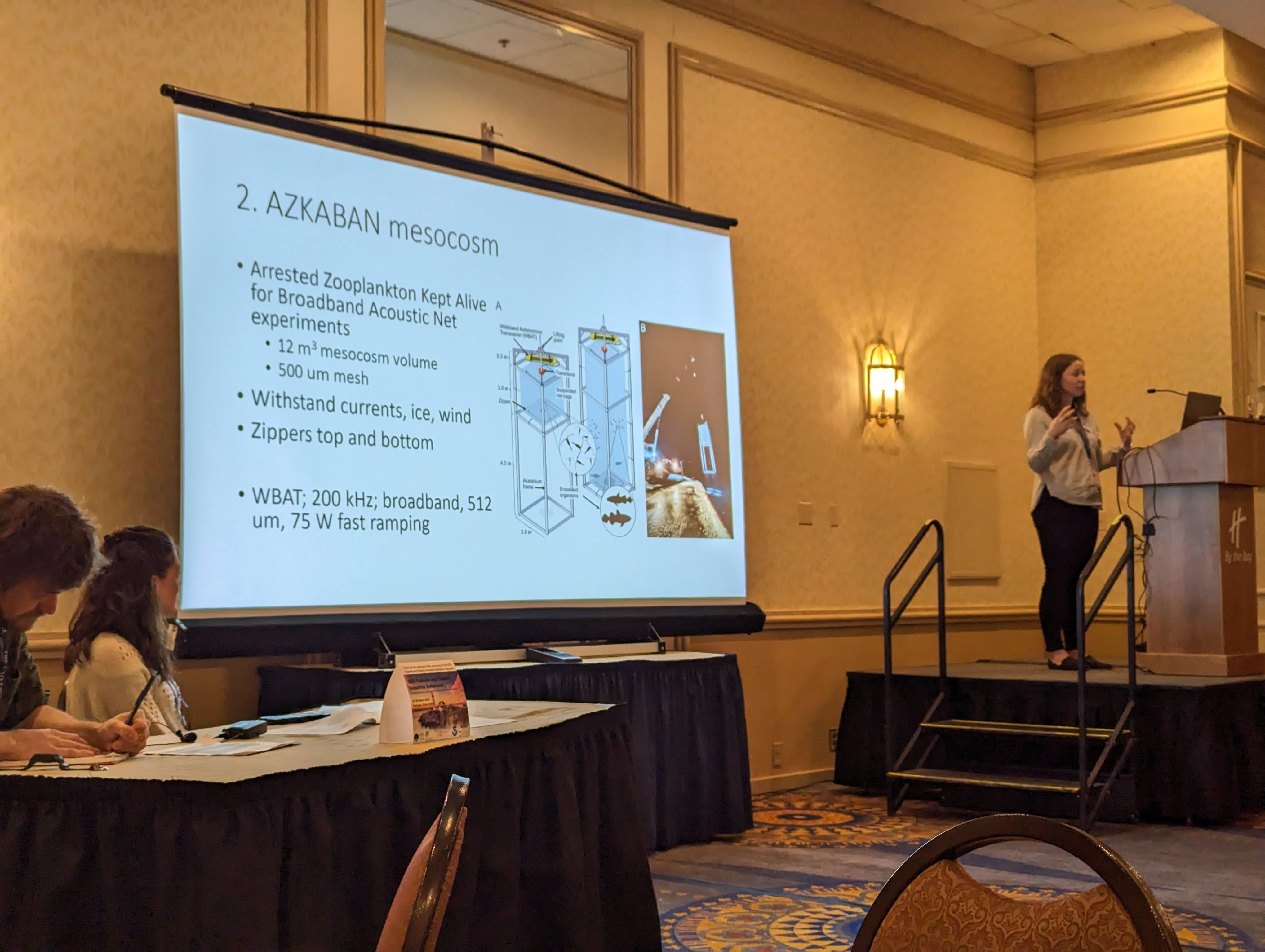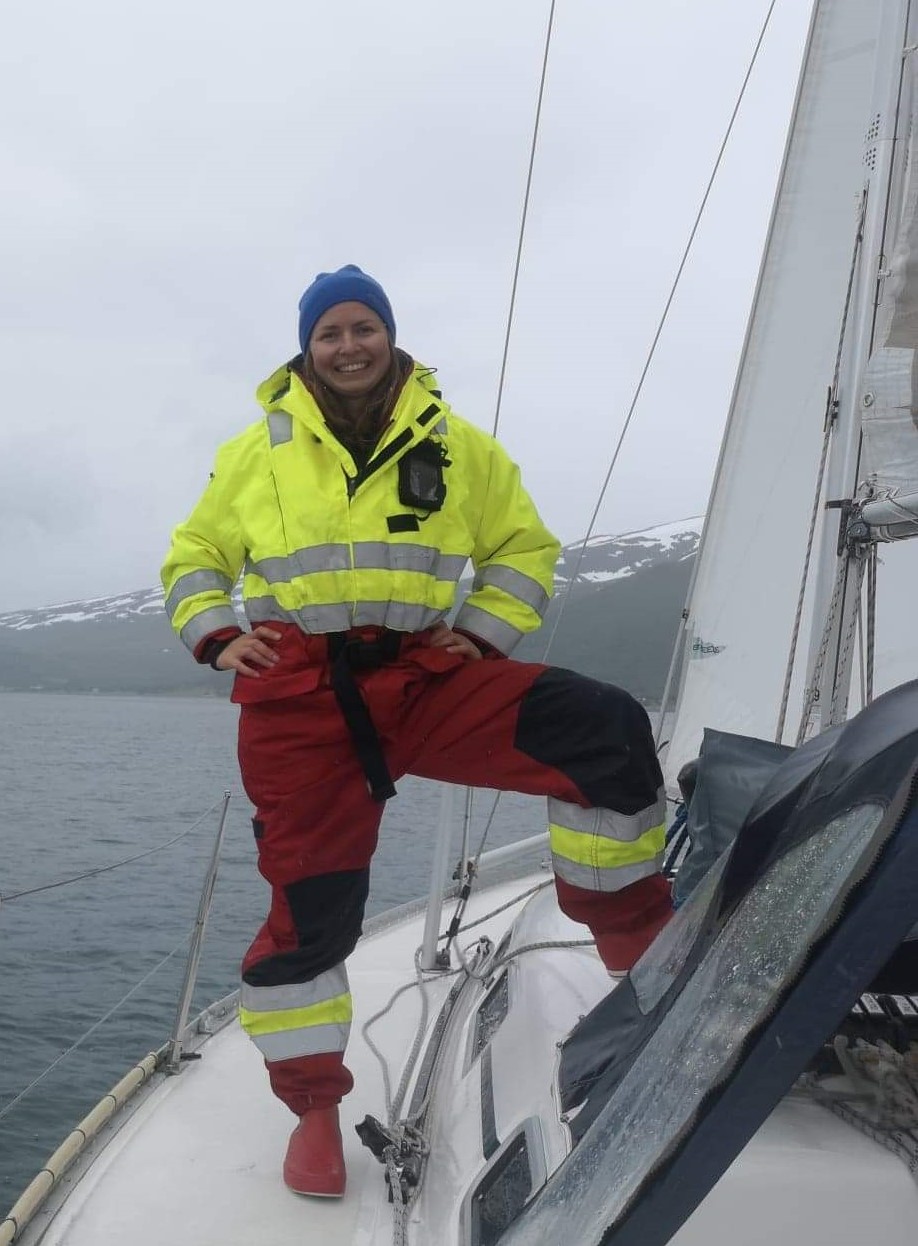Sensor fusion for rapid biomass estimates of Calanus sound scattering layer.
Conference oral presentation, ICES WGFAST meeting, Reykjavik, Iceland
Rapid and automated estimates of zooplankton biomass within a sound scattering layer could validate satellite observations, optimize catch potential for Calanus finmarchicus harvesters and provide an indicator for ocean health. Instruments commonly used for non-lethal monitoring of zooplankton in the ocean, namely acoustics and optical sensors, each have inherent strengths and weaknesses. Utilizing both methods together leverages the advantages of each whilst minimizing each sensor’s limitations. We developed a near real-time sound scattering layer (SSL) detector based on thresholding and mathematical morphology of echograms. A detected SSL triggers a submersible platform mounted with an optical sensor to investigate the SSL for a size and composition estimate of the particles. This data pipeline is instrument- and platform agnostic. We will present two case studies: the first with a marine observatory buoy with a profiling frame, and the second with an uncrewed surface vehicle and an autonomous underwater vehicle. We present results for the data pipeline tested for sound scattering layers dominated by Calanus finmarchicus where a sound scattering model is used to estimate the target strength of the average copepod detected for a rapid biomass estimate. The solution is planned to be leveraged in a Digital Twins of the ocean demonstrator for plankton monitoring.
Muriel Dunn, Ralph Stevenson-Jones, Emlyn Davies, Raymond Nepstad, Ute Brönner.
%
